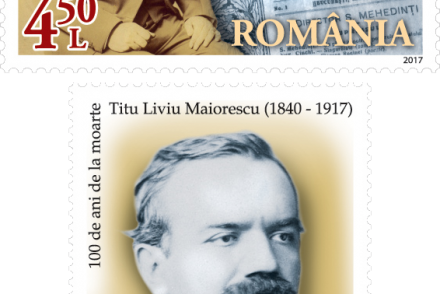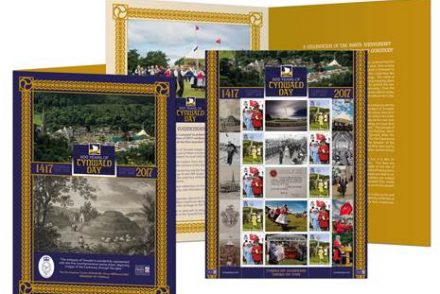Red Deer
Austria – It is to the red deer, the largest indigenous ungulate, that Austrian Post is dedicating a commemorative stamp from the “wild animals and hunting” series. Its impressive size has also gained the red deer the title “King of the forest”.The most noticeable feature of the red deer (Lat. Cervus elaphus) is undoubtedly its prominent, powerful antlers, which are particularly well-branched and expansive. Only male animals grow antlers, which can weigh up to eight kilogrammes. Hunters designate stags according to the number of points on their antlers, so, for example, a “12-pointer” is a male (stag) which has six points on at least one of its antlers. If he has the same number of points on both antlers he is an “even 12-pointer”. In their first year the young stags have antlers comprising a single spike. The antlers are shed annually in the late winter and then grow back, usually with more points and tines than before. This is significantly affected by hormones, but also by external factors such as the climate, availability of food etc.
As they grow, the antlers are covered in a so-called velvet, which is then “swept off” after two to four months, once the antlers are fully grown, depending upon the age of the stag.Female red deer are called hinds or “Kahlwild” – literally meaning bald wild animals – because they do not have antlers. They live in family groups with the young animals. In winter several such family groups come together to form a herd, which is led by an experienced hind. The males form their own, usually smaller, herds. Older males often also live alone or with a single younger male. During the rut in autumn, the male then seeks out a herd of females, which he protects against rivals, often in aggressive duels. The calves are born the following June, and have a characteristic light brown coat with white spots. Red deer are highly adaptable animals.
They live mainly in shady forests, where they are able to avoid encounters with humans as far as possible, and graze in the clearings or along the forest edge at dusk or overnight. Their food mainly comprises grasses, leaves, lichens and bark, but they also eat fruits. They consume up to twenty kilogrammes of food a day. Fully grown males can weigh over 200 kilogrammes and measure around 1.5 metres to the shoulder. In Central Europe adult animals have no natural predators – with the exception of hunting by humans – and deer can live to up to 18 years old in the wild.Roe deer are also a member of the deer family, but of the subfamily Capreolinae or New World Deer. They are thus only distantly related to the red deer, which belong to the family of Cerviinae or Old World Deer.
- 18.10.2017
- Kirsten Lubach
- Joh. Enschedé Stamps B.V




